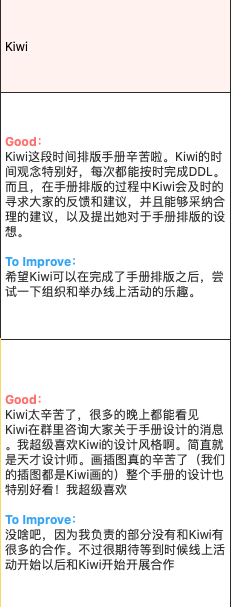IP → DH· Why Youth
- XA
【Introduction】
My project at IP this semester is DH- Why Youth. Our team members are Jessica, Seana, Serene, Oliva, and me. The purpose of this project is to help young people who want to do public welfare but have not received professional guidance to do their project. The final product is a handbook and an online activity, both of which were completed smoothly.
【Why you decided to do this assignment/project】
When I first decided to enter this project group, I never had any experience related to public welfare work. I wanted to learn the knowledge of this part and gain a clear output and good teamwork experience, so as to truly help others.
The great thing is that these expectations have been met :D.

【What did I do?】
We have a clear division of labor in the process, I was responsible for all the art and part of the manual text work.

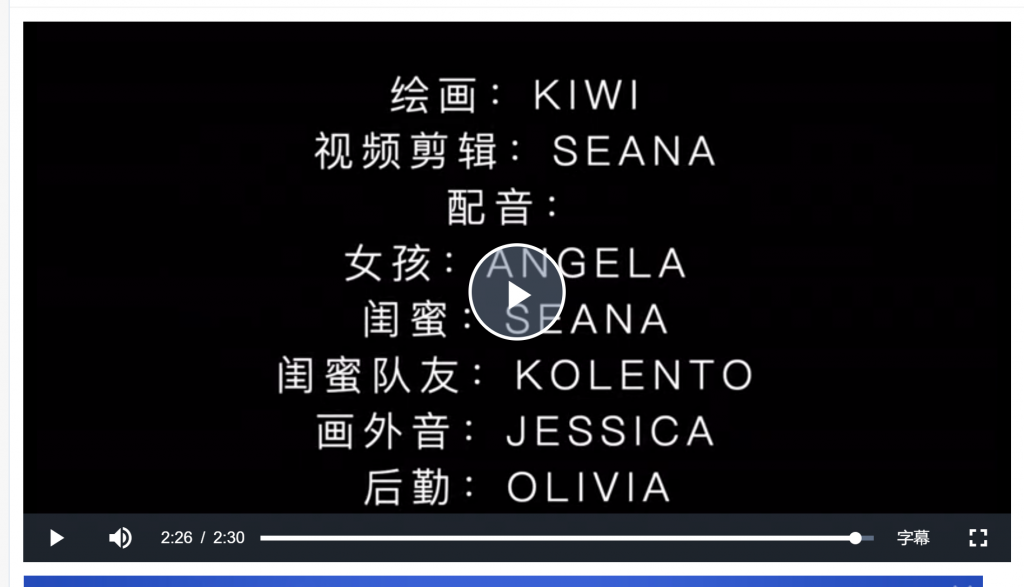
【Which knowledge you applied】
Collaboration & Self Regulation
【Who was helping you】
All of my team members, DH’s teachers Kate, Chuck, and Sarah, as well as the teachers from our partner Zhongnan House helped us with the manual.
【Self-reflection】
【Explain what you have learned while making this assignment/project】
As for the content of the project itself, I learned a lot about public welfare. In the content of the handbook, there are a lot of references from various parties. In the process of typesetting and making the handbook, I also have a framework for the knowledge that has no concept before.

Second is while doing the project, I have gained experience in a complete project line. It was definitely a growth process for me from the initial countless meetings to build our project outputs and concepts to the step-by-step execution of it. Now, in our main event, we’ve got four checkpoints, some of our activities in DH classes, the completion of the handbook, and the online activities. I did a lot of tasks and learned a lot in the process.
【Competencies and Skills】
Self- Regulation
Skill A– Goal Setting
When we are thinking about our final output at first, which is the handbook and the online activity — we will consider whether this is realistic. Because we’re not just going to have to do the product of our project, we have to complete our task to turn to checkpoints. However, under our unanimous decision, because of our clear division of labor and our firm commitment to the project, we finally chose to complete two different outputs.
In my personal work, When I take on another task, I will also think about whether I can finish it within the set time and whether it is beyond my ability. When drawing promotional videos/doing the layout of brochures and the promotion of online activities, I would take the initiative to put forward my own DDLs and discuss with my team members about what parts to delete or add. Besides, I actively obtained feedback from team members and teachers when I finished the first draft, and corrected it to make it better.
Time management is essential when doing personal tasks and group tasks. We have at least one or two group meetings a week as we move forward with the project. We will determine everyone’s DDL for this week. Once it is found that the DDL cannot be completed on time, the team members will explain in the group in advance and tell the time when the task can be completed. This habit keeps our projects running smoothly.
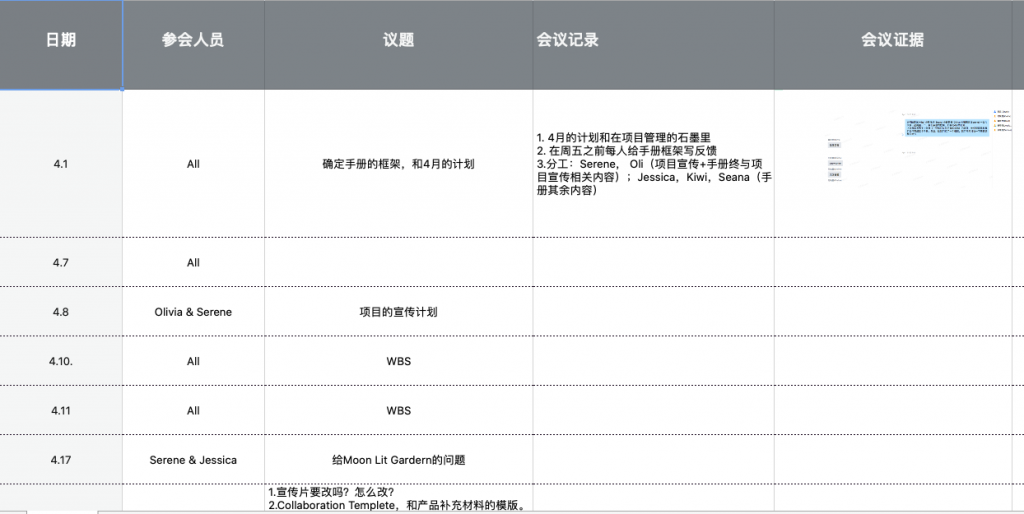
Skill B —Time Management
Awareness
After every checkpoint and each week’s meeting, we’ve turned to identify what we want to accomplish the next week/phase. When there is a time overlap between school tasks and the operation of the project itself, we will first discuss each small section of our work that needs to be completed and turn in and set the DDLs.
As we estimate the time of the project in detail, there will not be a situation that the DDL is close but we are not finished with the task.

Executive
During regular discussions, we always plan the next steps of the project. For example, in order to produce a handbook, it is necessary to repeatedly confirm and correct the contents of the handbook, then find textual evidence, and finally conduct typesetting. Online activities have to confirm the publicity copy, invite guests, release the public account, make posters, and so on. Each big milestone is followed by many smaller DDLs. We’ve done a pretty good job of tracking our plans and enforcement, which gives us something to turn in when checkpoint arrives.

Outcome
In order to achieve milestones, time management is important. Each Sunday, everyone would review their work for the week, and in the group, say what they would accomplish this week and their DDLs. When the task is completed, it will be sent to the group and will ask to receive feedback from all team members, then keep making corrections. Make good use of our resources — communicate with teachers in and out of school regularly to get better feedback
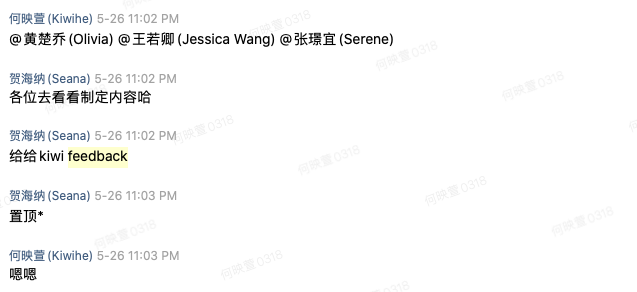
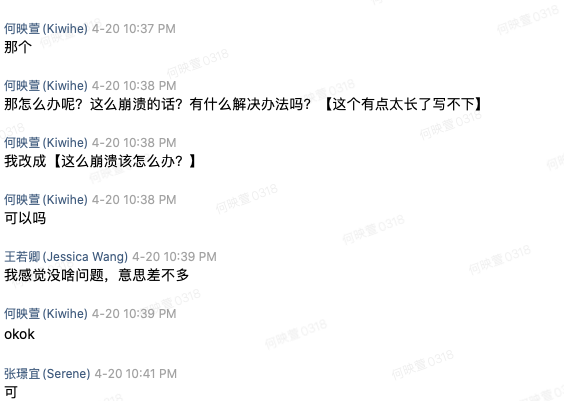
Skill E—Self Reflection
At the end of each checkpoint/ milestone, we’ll have a meeting to summarize our work for now. The most important thing to note is to set goals before the next checkpoint and what each of us needs to do.
Team: How can we do better and what help should we seek? When we do different projects, we will have different questions.
For example, I will reflect on my speaking on the checkpoint and where I could do better. For example, I will reflect on my speaking on the checkpoint and where I could do better. I learned some tips for answering questions on the spot, thanks for the help from my team members, and how can I be less nervous next time? If I have a similar task next time, what can I do in order to do a better job?
After reflections, we will set new goals for the next phase of our work.

Collaboration
Skill A — Team positioning
The division of labor in our team is very clear. Jessica and Serene wrote and planned most of the videos, presentations, and online activities. I was responsible for all the artworks. Oliva and Seana were mainly responsible for editing, planning, writing, and so on.
Each person chooses her roles and tasks each time by her own will, and each of us always chooses what we are good at or suitable for.
For example, I will take the initiative to do some tasks that related to art in the team. In fact, this part is also my biggest contribution to the project. Because in all the promotional videos, brochures, and online campaigns, there is a lot of design and art that needs to be done to make the final product look better.
Another example for Jessica, she has great leadership skills and practical experience in our important theme — public welfare. So she has been taking on the role of a leader in the team, chairing meetings, and so on. I also did great in writing the text of the manual and the speaking part involved in the checkpoints and online activities.
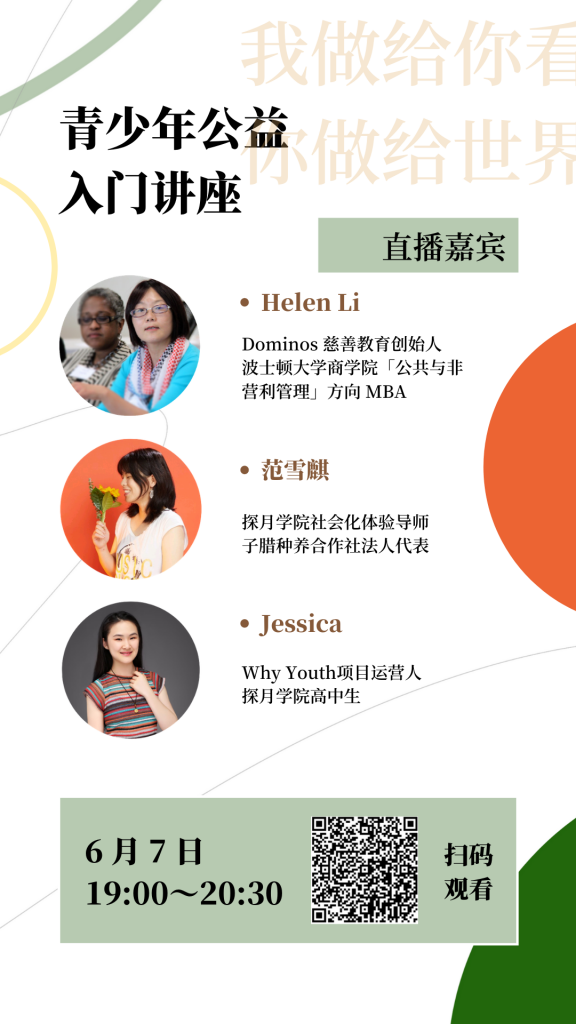
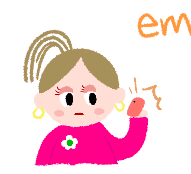
Skill B — Team Goal Creation
In doing different jobs at each stage, we collectively decide which jobs to assign first and then choose the one that suits each of us. Everyone usually chooses the most experienced and the part they are good at to complete, so as to ensure the smooth progress of the whole project.
When other team members feel that they are not fully competent for their work, the team members who are good at this part will take the initiative to help or give feedback for improvement.
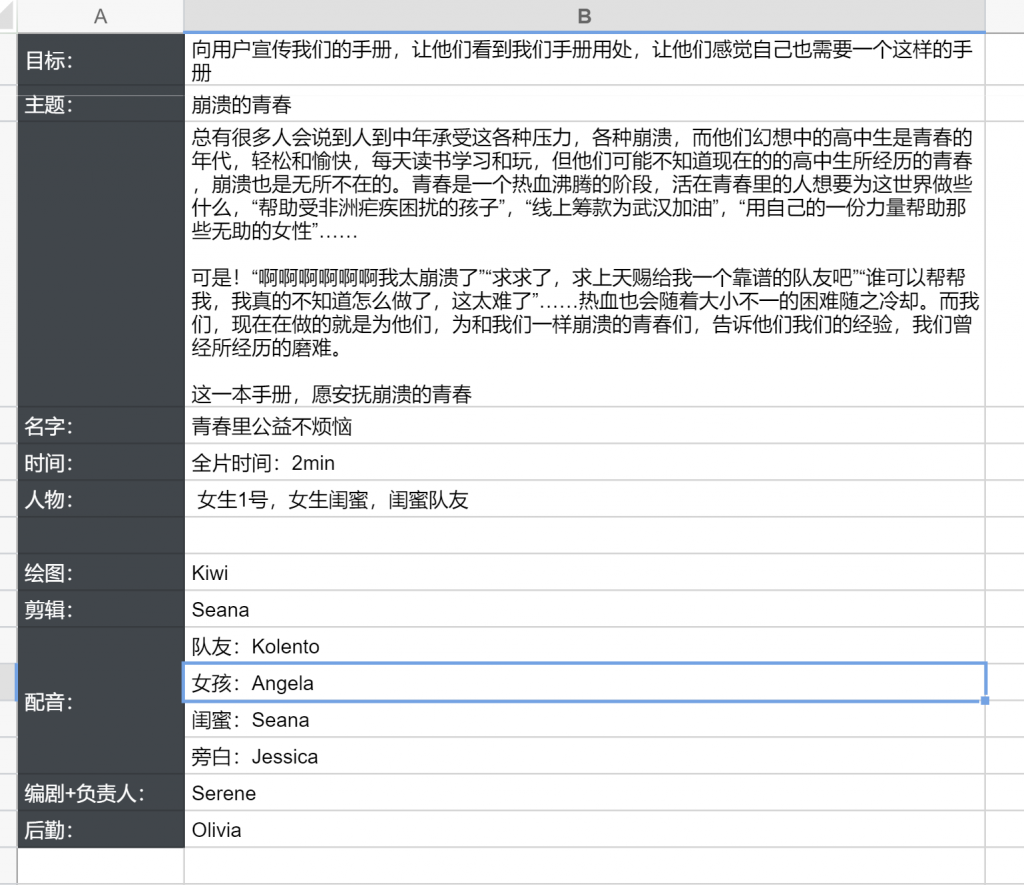
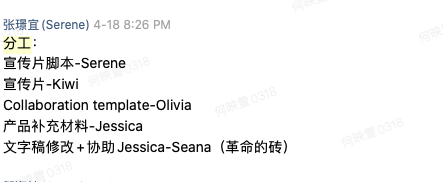
Skill C —Building Team Norms
I think the reason why our teamwork smoothly is that we all follow the same rules. For example, everyone can’t drag the DDLs, and if a member feels she can’t get things done before the DDL, she will mention the group in advance and tell when the part can be submitted.
And in the team, I would actively seek feedback from the team members after finishing my part and make modifications after discussion. I think it is important to actively seek feedback and make corrections to make the final product better.
Skill D — Idea Contribution
In meetings, I usually contribute my own ideas and discuss together what kind of product we want to produce.
After the division of labor, I will usually talk with another team member to finish this part in cooperation.
For example, in the video used in the checkpoint, Serene was in a change of writing the video content and I do all the drawings. We would have meetings to discuss the content of each shot, how many pictures should be used to represent each paragraph, etc. Do we need to delete or add something to make it better?
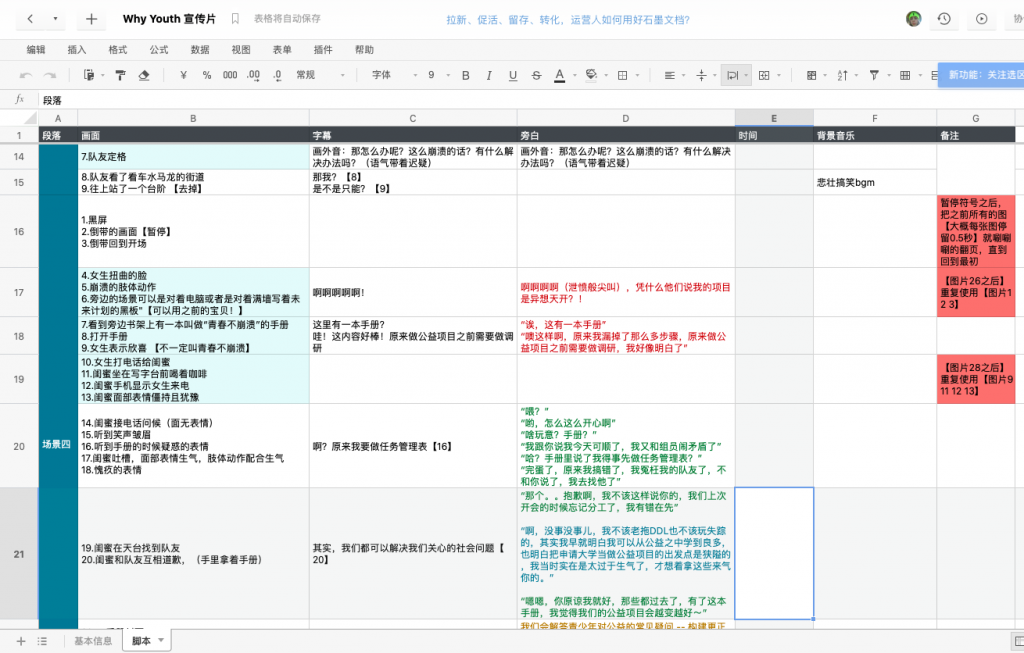
Skill G — Facilitate regulation and feedback
Use of Feedback
When I was doing the drawing of the publicity video and typesetting of the manual, I would verify the feedback of the team members and then make modifications until everyone was satisfied
【evidence same as the Outcome part of Self- Regulation- Skill B】
Feedback To Others
I mainly offer constructive Suggestions to the team when the project is building its ideas and process. There is generally no constructive feedback from me on team members’ periodic deliverables.
【improve】
I feel no regret about our project itself haha:D, I am very satisfied with the results and the process. I was very satisfied with the results and the process, and I learned a lot as well.
In my personal achievements, I think in my future work, I will not only work on the parts that I am good at/ had experience on, but also challenge some things that I have never done before, such as planning and writing. This will make me more experienced and could learn something different that is useful in other areas.
